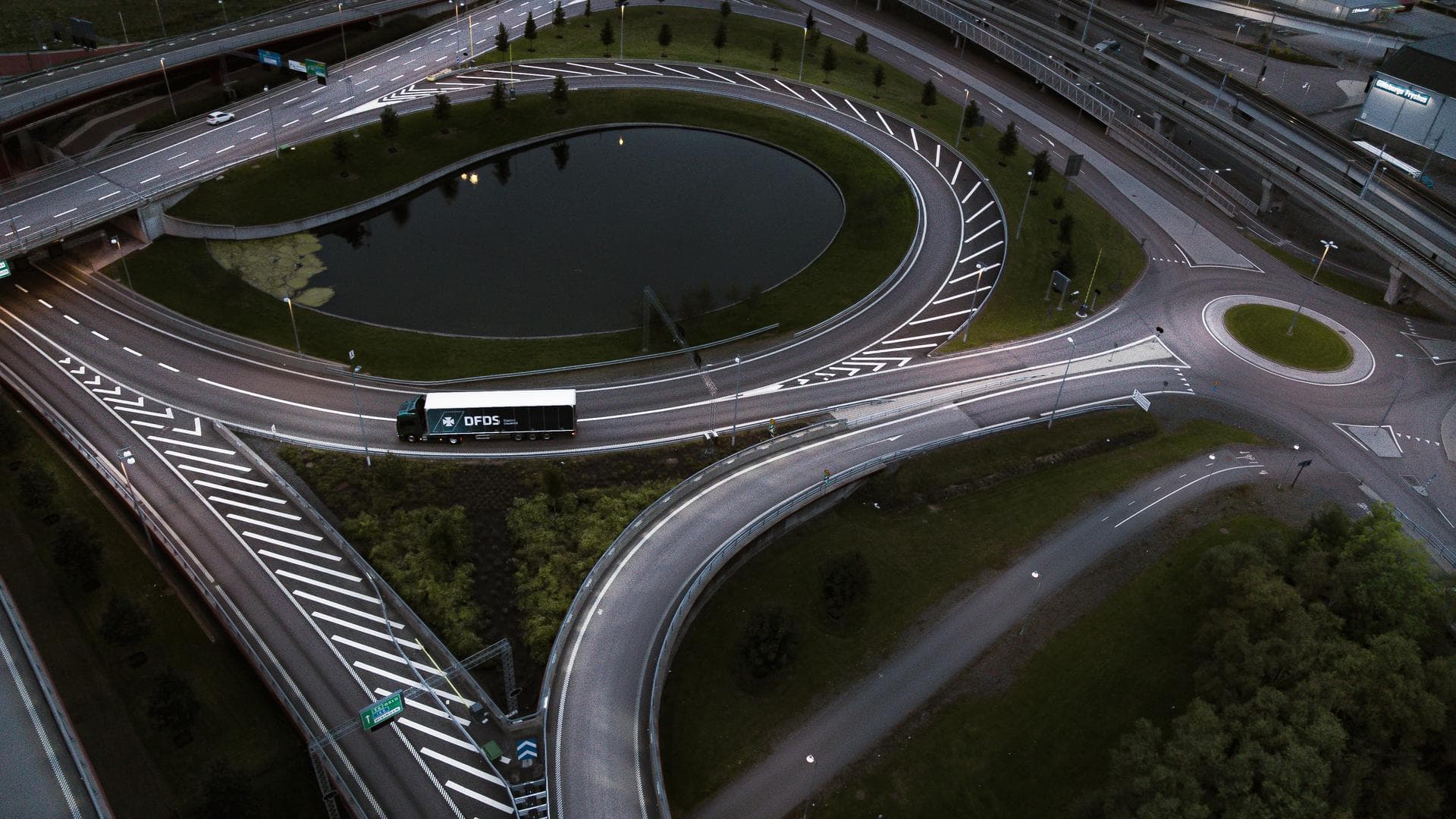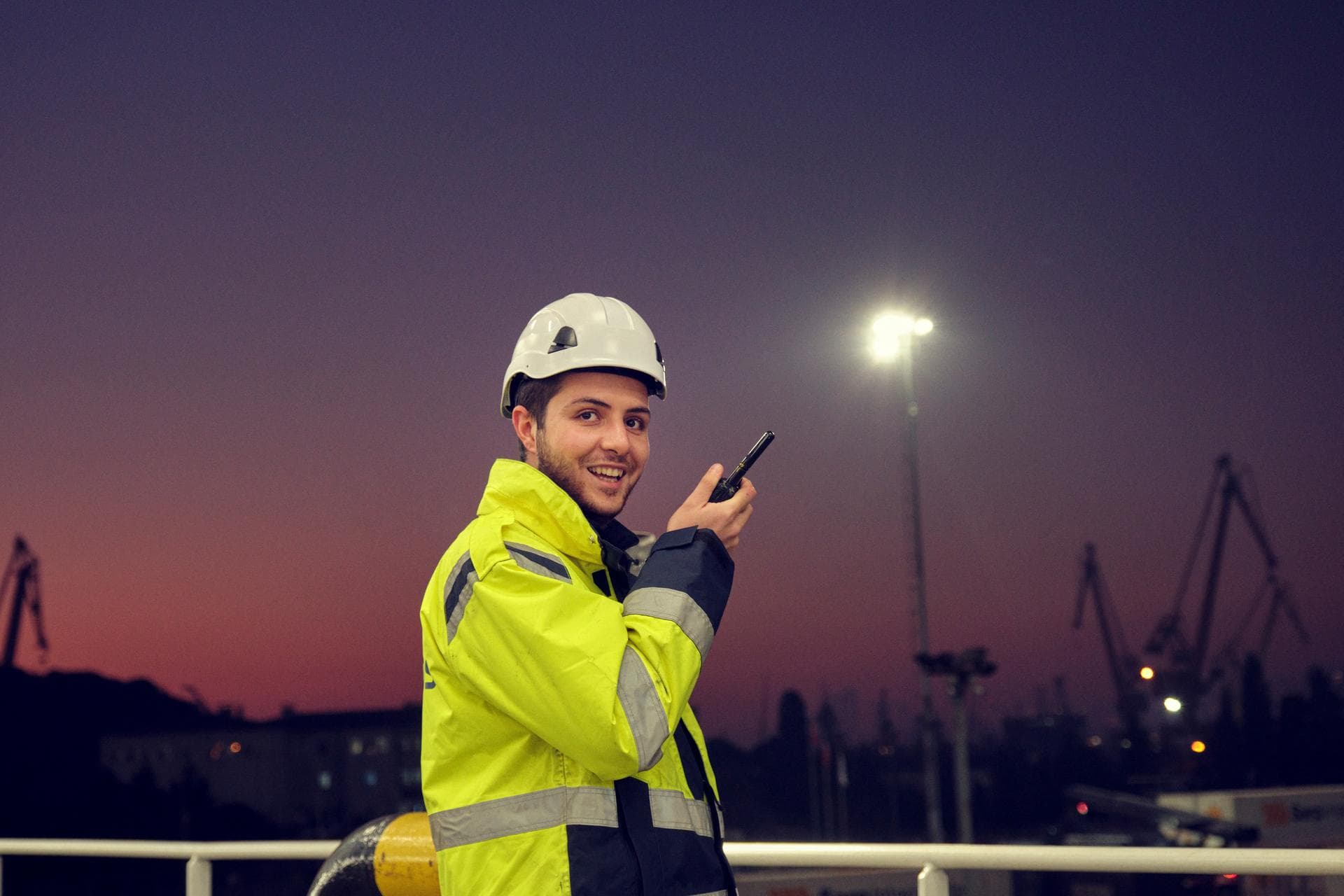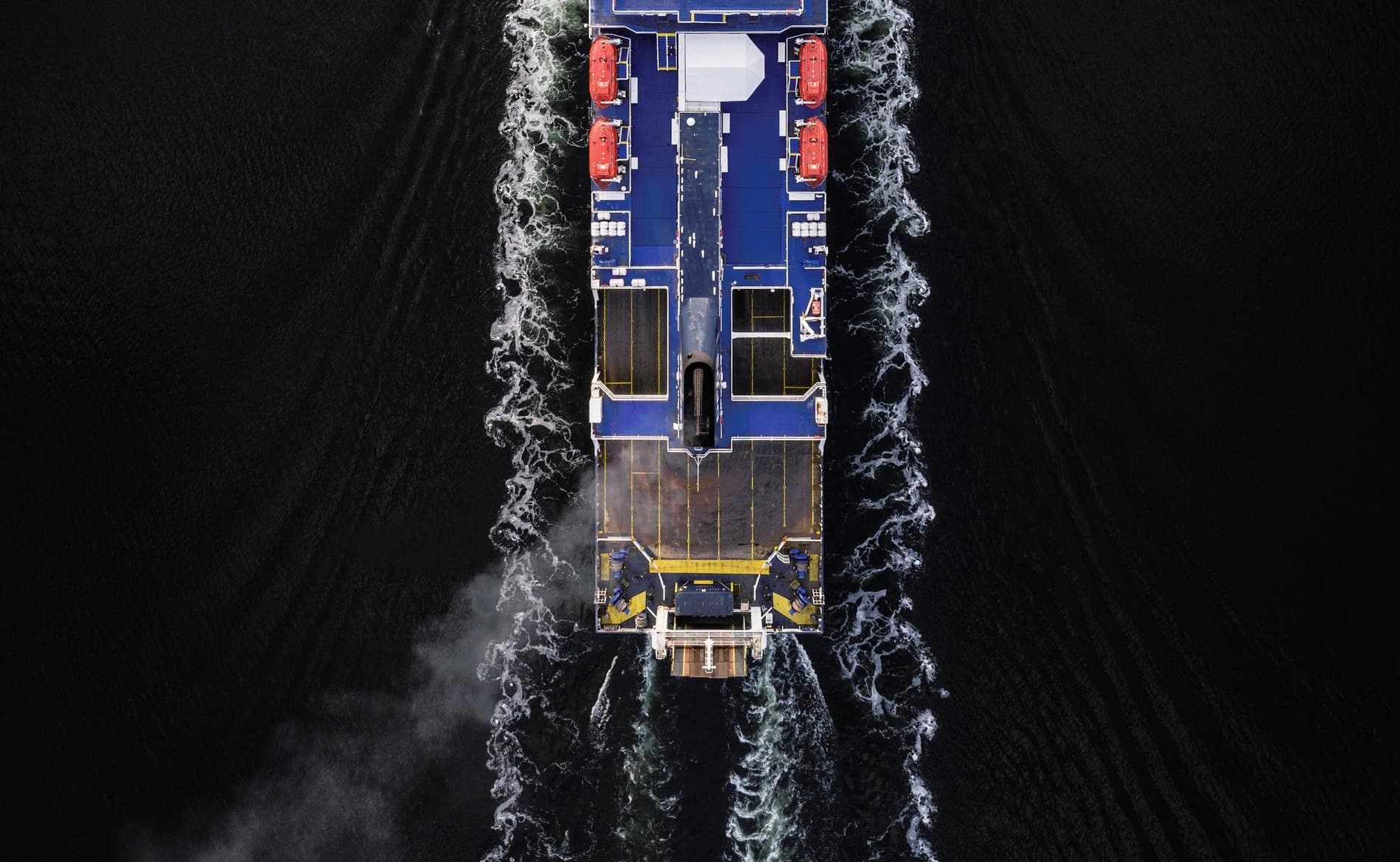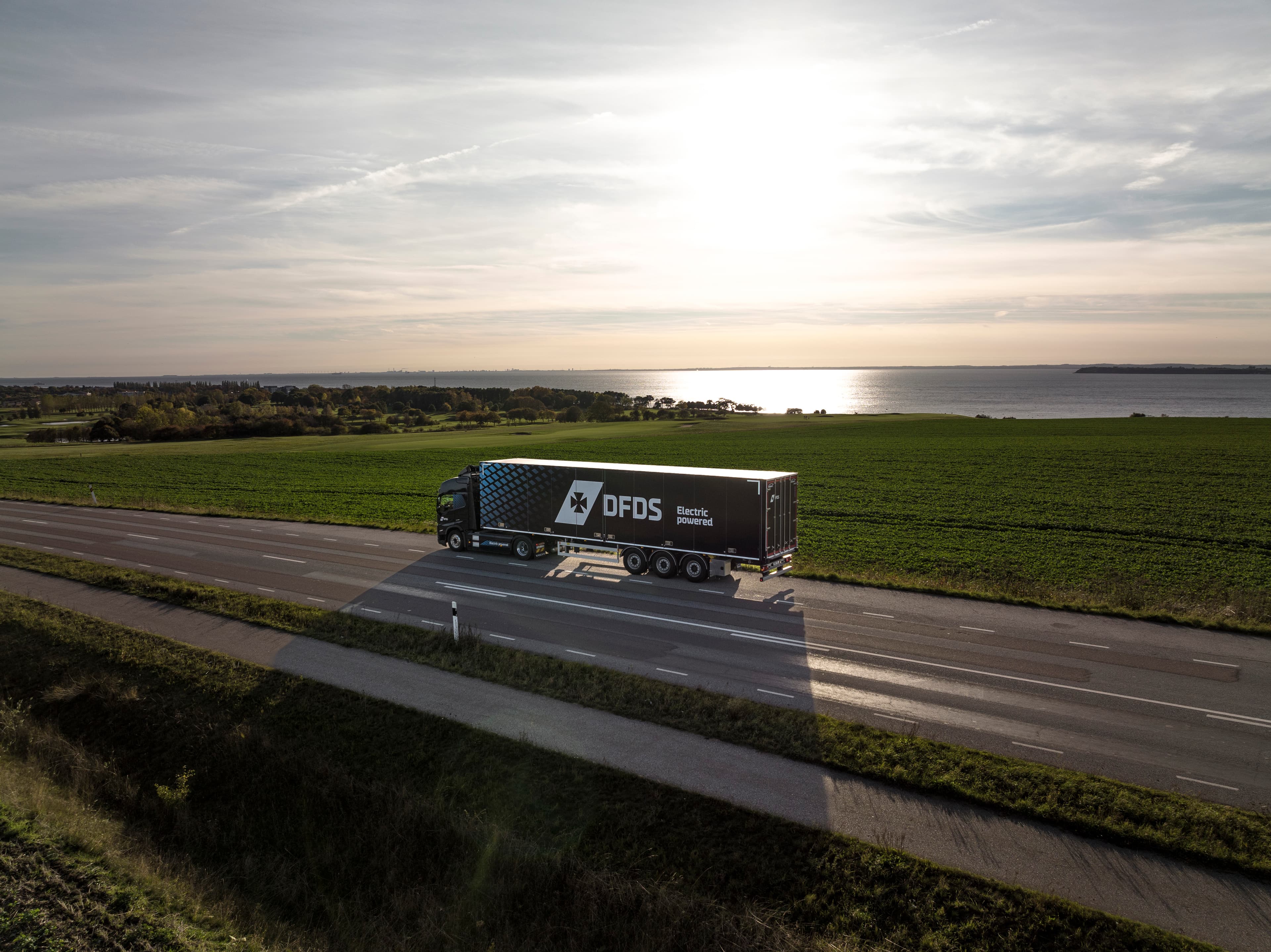Decarbonisation through insetting

Why we choose insetting over offsetting
Freight transportation is a significant contributor to global emissions. At DFDS, we are committed to responding to the climate emergency and contributing to the decarbonisation of supply chains.
On that basis we invest heavily in achieving actual emissions reductions by making direct interventions – called insetting – within our own transport network. Offsetting drives funding for climate mitigation projects outside the logistics industry, for example, tree planting, and does not reduce emissions from our sector.
Conversely, insetting funds decarbonisation projects within the sector where the emissions originate, creating measurable reductions to existing emissions, and supporting the transition to a net zero logistics industry.
By switching from fossil fuel-powered transport to electric trucks and biofuel on vessels, we create a means for you to reduce your Scope 3 emissions.
DFDS Decarbonised Solutions are a key milestone in our ongoing sustainability journey. We will continue investing in new fuels and technologies to support your climate goals and help reduce the logistics sector's CO2e footprint.
We offer two insetting solutions
Direct reductions on your routes and lanes
With our direct solution, the emissions reductions are made directly within your own transportation flow, through the use of biofuel on vessels and electricity on trucks. Reductions are applied to the specific route where your goods are transported.
- You can choose direct reductions on a select number of transport routes and lanes in the DFDS network in Europe.
- If the savings must be made within your own transportation flow, the direct reduction meets your requirements.
- Our reduction process is reviewed by our external auditor. The savings are issued via annual certificates specifying the amount of tonnes of CO2e reduced.
Indirect reductions within our network
Indirect emissions reductions are made within the DFDS network, but not necessarily in your own specific transportation flow . The savings come from the use of electricity on roads and biofuel on ferry routes, stored in our CO2e reduction bank and issued as unique certificates.
- You can choose indirect reductions, regardless of which route or lane in our network your goods are transported on.
- Our process is reviewed by an external auditor and reductions can be reported to your Scope 3 emissions.
- The savings are issued via annual certificates specifying the amount of tonnes of carbon dioxide equivalent reduced.
How can we help you?
How can we help you?

Together we move closer to zero
No one can do everything alone. In a world that is becoming increasingly complex, it is important to collaborate with partners that can help develop new and better solutions.

Sustainable fuels
We are engaged in various projects aimed at replacing fossil fuels with more sustainable alternatives to reduce carbon emissions in freight and logistics.

Our journey towards net zero
At DFDS we are committed to respond to the climate emergency and accelerate our journey towards net zero. Our goal is to become a net zero emitter by 2050.